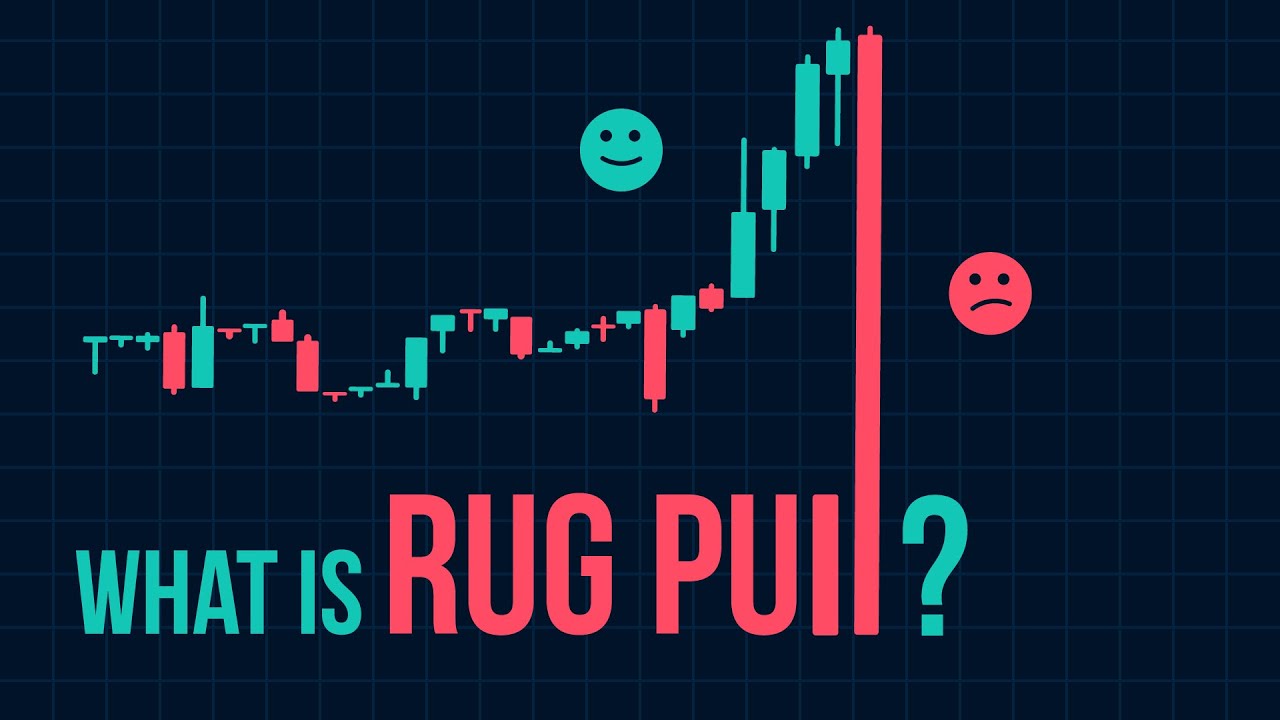How to Start Crypto Trading with $100
Entering the cryptocurrency market doesn’t require thousands of dollars. With just $100, you can begin building a crypto portfolio and learning valuable trading skills. This guide will show you how to maximize a small investment, avoid common pitfalls, and develop sustainable trading habits that can grow with your capital over time.
Setting Realistic Expectations
Before diving in, understand what $100 can realistically achieve:
- Not a get-rich-quick opportunity: $100 becoming $1 million overnight is extremely unlikely
- Learning opportunity: Consider this initial investment as “tuition” in crypto education
- Compound growth potential: Small amounts can grow significantly over time with proper strategy
- Risk management practice: Develop discipline with small amounts before risking larger capital
Realistic Monthly Return Targets
- Conservative: 3-5% (focused on preservation while learning)
- Moderate: 5-10% (balanced approach with moderate risk)
- Aggressive: 10%+ (higher risk strategies, not recommended for beginners)
Remember that even professional traders have losing months. Consistency matters more than occasional big wins.
Choosing the Right Platforms for Small Capital
Evaluating Exchange Options
When starting with $100, fees become critically important. Look for:
- Low or zero trading fees:
- Binance: 0.1% trading fee, reduced with BNB
- Bybit: 0.1% maker / 0.1% taker
- Coinbase Advanced Trade: 0.4% maker / 0.6% taker
- KuCoin: 0.1% trading fee, reduced with KCS
-
No minimum trade requirements: Some exchanges require minimum orders of $10-$20, limiting your ability to diversify with $100
-
Free deposit methods: Bank transfers are typically cheaper than credit/debit card purchases (which often carry 3-5% fees)
- Avoid exchanges with high withdrawal fees: Some exchanges charge fixed withdrawal fees that can consume a significant percentage of your capital
Alternative Platform Options
- Social Trading Platforms:
- eToro, Zignaly or Pionex allow copying successful traders
- Can be educational while potentially generating returns
- Carefully research performance history before copying
- DEXs (Decentralized Exchanges):
- Consider layer-2 solutions like Polygon or Arbitrum to minimize gas fees
- Uniswap on Polygon offers low-fee trading
- PancakeSwap on BNB Chain provides affordable options
Strategic Asset Allocation with $100
Option 1: Focus Portfolio (Recommended for Beginners)
Concentrate on 1-3 established cryptocurrencies:
- Example allocation:
- 60% Bitcoin (BTC)
- 30% Ethereum (ETH)
- 10% stablecoin reserve for opportunities
- Advantages:
- Simpler to manage and track
- Lower transaction fees from fewer trades
- Reduced research requirements
- Easier to identify cause and effect in performance
Option 2: Diversified Microcap Portfolio
For those comfortable with higher risk:
- Example allocation:
- 40% established projects (BTC/ETH)
- 40% mid-cap altcoins (top 20-100 by market cap)
- 20% small-cap projects with growth potential
- Advantages:
- Higher potential returns
- Exposure to various crypto sectors
- Hedging across different project types
- Disadvantages:
- More complex to manage
- Higher transaction fees from multiple purchases
- Requires more research and monitoring
Option 3: Stablecoin Yield Strategy
Using stablecoins to generate passive income:
- Example allocation:
- 100% USDC/USDT/DAI deployed across lending platforms
- Platforms to consider:
- Centralized: Nexo, Celsius, BlockFi
- Decentralized: Aave, Compound
- Look for 5-12% APY options
- Advantages:
- Minimal price volatility
- Passive income generation
- Time to learn the market while earning
Essential Trading Strategies for Small Accounts
1. Dollar-Cost Averaging (DCA)
Rather than investing $100 at once, consider:
- Weekly DCA: $25 per week for 4 weeks
- Bi-weekly DCA: $50 every two weeks
- Benefits:
- Reduces impact of volatility
- Less emotional decision-making
- Creates disciplined investing habit
2. Spot Trading Fundamentals
- Entry strategies:
- Buy at support levels
- Look for consolidation breakouts
- Use moving average crossovers as signals
- Position sizing:
- Never risk more than 2-5% of your account per trade
- With $100, that’s $2-$5 maximum risk per position
- Calculate position size based on your stop loss
- Taking profits:
- Set target prices before entering trades
- Consider taking partial profits at different levels
- Use trailing stop-losses to protect gains
3. Hold and Accumulate Strategy
- Focus on fundamentally strong projects
- Add small amounts during market corrections
- Set price targets for taking partial profits
- Maintain long-term perspective despite volatility
Avoiding Critical Mistakes with Small Capital
Fee Management
With $100, fees can quickly erode your capital:
- Calculate total fee impact:
- Deposit fees + Trading fees + Withdrawal fees
- Example: $3 deposit + $0.10 trading + $5 withdrawal = $8.10 (8.1% of your capital!)
- Fee minimization strategies:
- Batch transactions to reduce frequency
- Look for fee discounts (holding exchange tokens, promotions)
- Consider fee-free deposit methods
Leverage Risks
- Avoid leverage when starting out:
- Even 2x leverage doubles your risk of liquidation
- Small accounts can be wiped out from minor price movements
- If you must use leverage:
- Keep it extremely low (1.5x-2x maximum)
- Use tight stop losses
- Risk only a tiny portion of your capital
FOMO and Emotional Trading
- Implement a waiting period rule:
- Wait 24 hours before acting on trade ideas
- Create a checklist to evaluate potential trades objectively
- Stick to your strategy:
- Document your trading plan
- Review after each trade for accountability
Maximizing Education While Trading
Your $100 investment is as much about learning as potential profits:
Knowledge Development Plan
- While making initial trades:
- Take detailed notes on reasoning and outcome
- Create a simple trading journal
- Screen-capture charts before entering positions
- Free educational resources:
- Trading View charts and community ideas
- Exchange tutorials and guides
- YouTube technical analysis basics
- Paper trading in parallel:
- Maintain a paper trading account with larger amounts
- Test strategies without risk
- Compare paper trading and real results
Growing Your Account: Realistic Pathways
The Power of Consistent Small Gains
- Compounding illustration:
- $100 growing at 5% monthly = $179 after 12 months
- $100 growing at 10% monthly = $314 after 12 months
- These rates require skill but illustrate compounding power
Reinvestment Strategy
- Reinvest a portion of profits
- Add additional capital when possible
- Increase position sizes gradually as account grows
When to Scale Up
- Consider adding more capital after demonstrating:
- Consistent profitability for 3+ months
- Disciplined risk management
- Emotional control during volatility
- Clear strategy with edge
Creating Your $100 Trading Plan: Next Steps
Day 1: Setup and Preparation
- Choose an exchange with minimal fees
- Complete verification requirements
- Deposit funds using lowest-cost method
- Set up basic security (2FA, withdrawal whitelist)
Days 2-7: Research and Planning
- Select your initial assets based on research
- Determine entry strategy (lump sum vs. DCA)
- Document your investment thesis
- Set up price alerts for potential entry points
Week 2-4: Execution and Learning
- Make initial purchases according to plan
- Document all trades with screenshots and reasoning
- Begin educational program alongside trading
- Start building trading journal
Month 2 and Beyond: Evaluation and Adjustment
- Review performance against goals
- Identify and correct mistakes
- Adjust strategy based on lessons learned
- Consider additional capital only if demonstrating competence
Starting with $100 might seem limited, but it provides valuable hands-on experience with minimal risk. The habits, discipline, and knowledge you develop with this initial investment will serve you far better than rushing in with larger amounts before you’re ready. Focus on the learning process rather than immediate returns, and you’ll build a foundation for potentially profitable crypto trading in the future.
Remember: Many successful traders started with small accounts. The key is consistent improvement, strict risk management, and patience as you develop your edge in the market.



